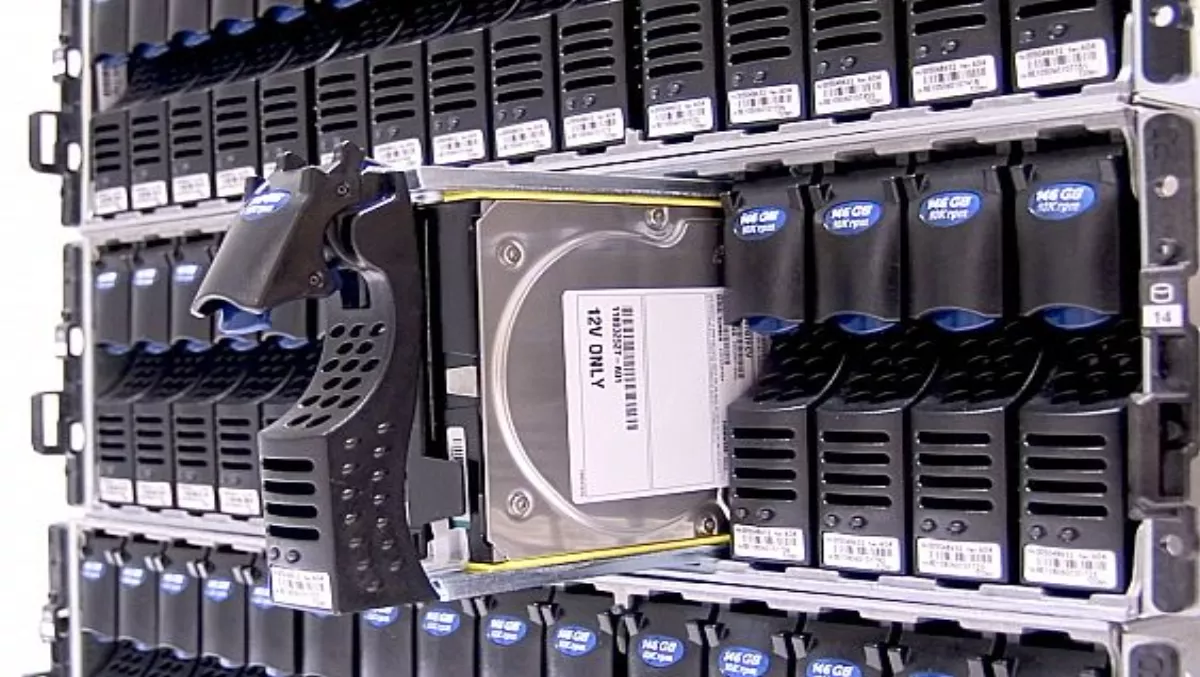
Trends affecting storage
Organisations today are continually challenged with managing and storing the explosive growth in both structured and unstructured data. Storing, locating and extracting value from high volumes of data is becoming increasingly complex, is consuming more energy, and is becoming more costly to manage. Big Data and Analytics As the digitally-enabled business world evolves, the mix of data and its anticipated usages are going to change as well. Already there is an increased diversity of data types, with an estimated 80 per cent of today's data being unstructured, and the reuse of data is shrinking, with 80 per cent of data never being used after 90 days. However, regulation and compliance dictates that data is adequately archived for long periods of time, sometimes up to triple digits in number of years. Decreases in the cost of both storage and compute power have made it feasible to collect this data, which would have been thrown away only a few years ago. As a result, more and more organisations are looking to include non-traditional yet potentially very valuable data with their traditional enterprise data in their business intelligence analysis. Green IT Storage already consumes 40 per cent of data center power, and it is predicted that within ten years the total energy consumed by storage solutions could increase to more than six times what it is today. Based on these predictions, storage could represent over 75 per cent of the energy consumed within the data center, and if you consider that 80 per cent of data is never looked at again after three months, storage is a major IT trigger for energy burn out. IT teams are monitoring server and storage utilisation and must consider ways to raise utilisation levels so that IT hardware does not sit idle while consuming power and driving up ventilation and cooling costs. Cost containment We have noticed that most of our customers are doubling their data every two years but their budgets (if growing at all) are not growing at 50 per cent per year. Therefore, it's becoming increasingly important to align the value of data with the capabilities and cost of the storage it is stored on. Long term storage applications, like digital archives, fixed content, multi-media and compliance, are ideally and economically well suited for cheaper storage media such as tape. We have actually seen a shift of customers who have used disk exclusively for backup now going back to a combination of disk and tape. As a complement to disk, tape helps control costs, energy consumption and address security with encryption. Virtualisation and cloud computing Today's typical data center is migrating from a physical, static, and heterogeneous set-up, to a grid-based virtualised infrastructure, to a cloud computing environment that enables self service, policy-based resource management and capacity planning. Along the way, the storage solution must be able to support this style of data center, so it is critical that the storage system is dynamic enough to support the difficult-to-predict demands of these application environments through a tiered approach. To make the strategy a reality, companies must shift away from the traditional approach of managing islands of storage and move to an automated, tiered and unified storage infrastructure. By adopting a formula whereby certain data to be stored is assigned to certain storage pools, organisations will improve the price, performance, capacity and functionality of their storage infrastructure. Looking forward, organisations must consider the impact of these trends on the future of their storage management strategy. These strategies must be simple, easily accessible, cost efficient, environmentally friendly and streamlined, so that organisations can function and perform quicker and better.

